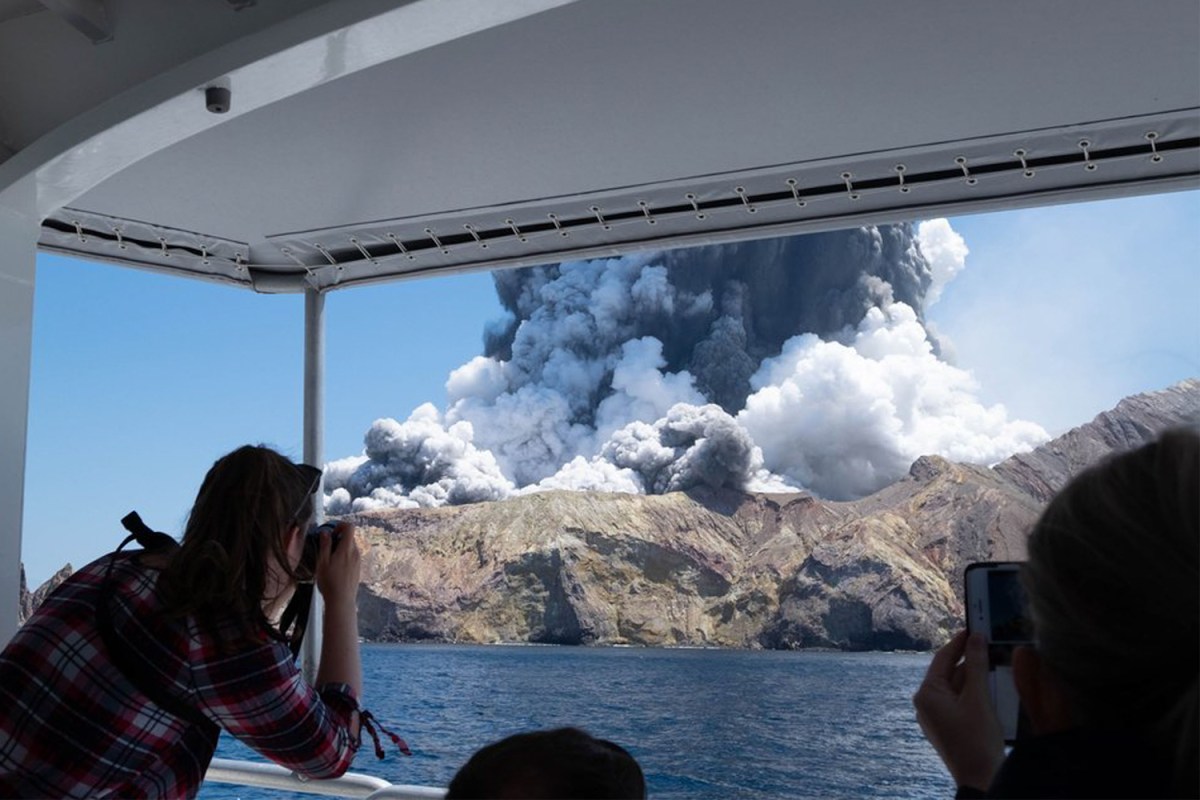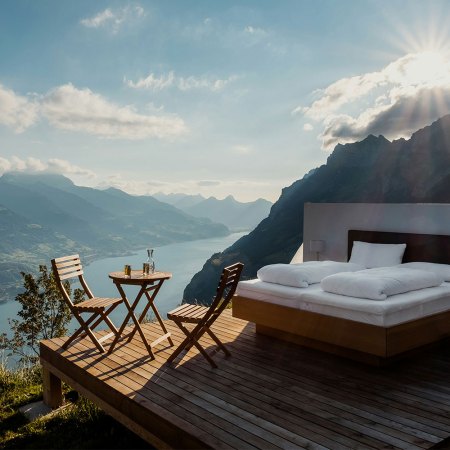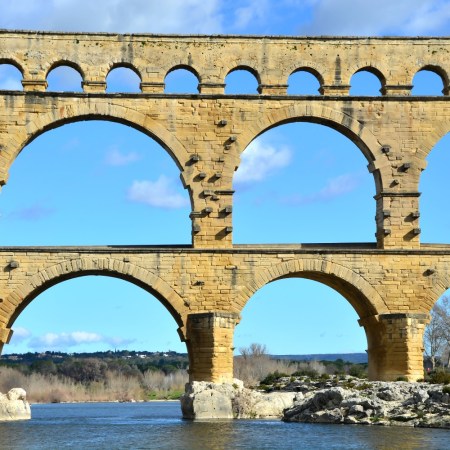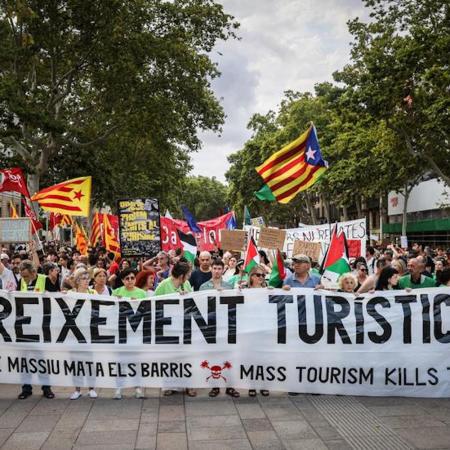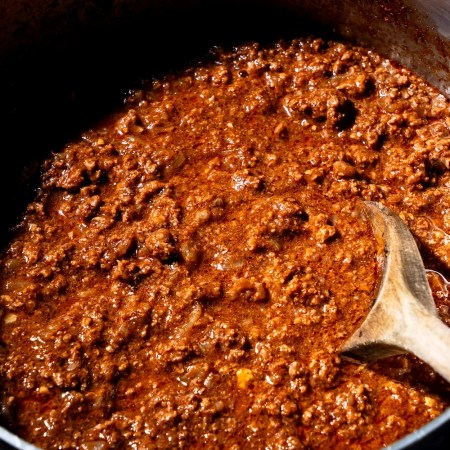Late last year, a volcanic eruption on a scenic New Zealand island led to tragedy for many of the people currently on the island, as well as their loved ones. The disaster took place on Whakaari / White Island, which had become a prime destination for many tourists, on December 9. The events led one expert in the field to dub the island a “disaster waiting to happen.” In the end, 21 people died and 26 others were injured.
Now, a new report at Outside by Alex Perry provides an in-depth look at the experiences of the people who were there — and explores some of the tragedy’s implications. As Perry writes, some of the appeal for visitors came via the island’s geography, making it far more active than most volcanoes:
With only a third of the cone above the ocean’s surface, and its fallen wall forming a giant natural drawbridge, all it took was 90 minutes in a boat or 20 in a helicopter and you were stepping off directly into the caldera.
The island became a popular adventure tourism destination in the 1990s, and while some observers questioned the safety of trips there, Perry writes that there were also grounds to believe that science could anticipate a potential disaster. “White Island was also one of the world’s most closely observed craters, studded with webcams, seismometers, UV spectrometers, and survey pegs,” he writes.
Perry’s article also examines how New Zealand’s laws — and their approach to liability — affected the adventure tourism industry. Questions of legality and jurisdiction also played a role in the rescue efforts that took place after the volcano erupted; it’s also what’s led to some of the more controversial elements in the disaster’s aftermath.
Was what happened on Whakaari / White Island a preventable tragedy, or was it something that no one could have seen coming? The new information contained in Outside‘s article offers plenty to think about.
Subscribe here for our free daily newsletter.
Thanks for reading InsideHook. Sign up for our daily newsletter and be in the know.
